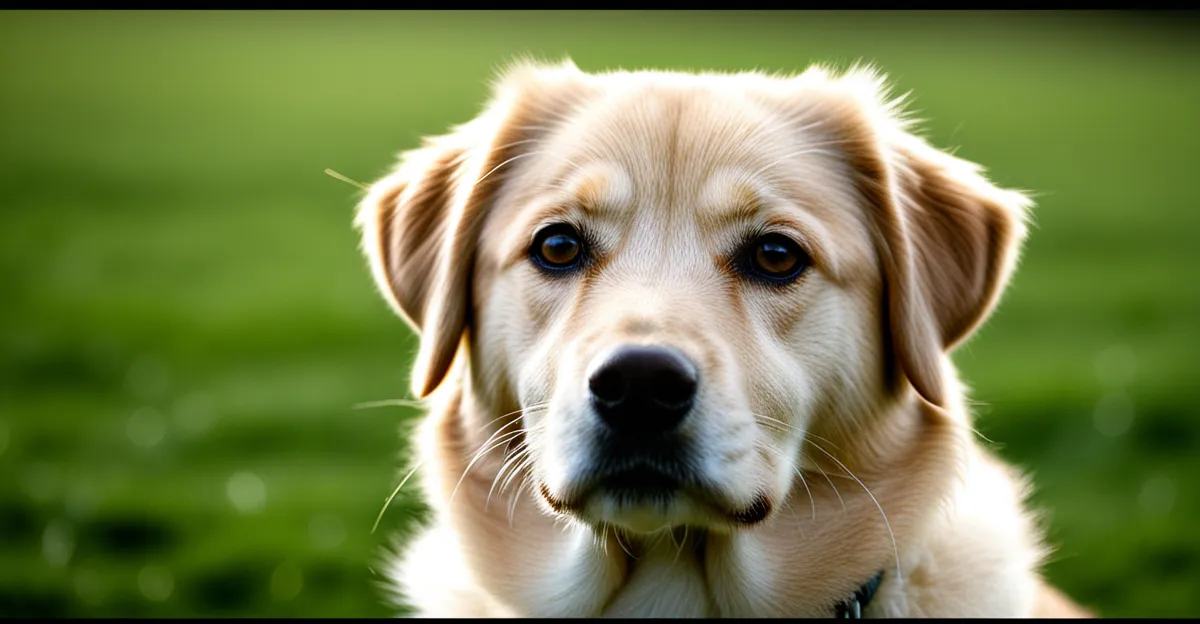Key Factors Driving Climate Adaptability in UK Pets
Understanding climate adaptation in UK pets requires examining several key drivers, including the evolutionary pressures and environmental conditions unique to the UK. The temperate maritime climate brings moderate temperatures with frequent rain and seasonal variability, which has historically shaped the traits and behaviours of domestic animals living there.
Pets in the UK face ongoing evolutionary traits that encourage resilience against cold, wet conditions and unpredictable weather patterns. These pressures have influenced their physiological and behavioural adaptations. For example, animals have developed thicker coats, changes in fur density, or altered activity patterns to manage fluctuating temperatures and wetness. The diversity of breed types in the UK also reflects adaptations aligning with the specific environmental demands.
Also read : How does pet insurance work in the UK?
Moreover, pet adaptation factors are critical for survival and wellbeing. Adaptability is not just about enduring the climate but also thriving despite it. This adaptability supports immune health, energy regulation, and behavioural flexibility, which can directly influence longevity and quality of life in pets. For instance, animals that adjust their activity levels during colder or wetter periods tend to maintain better health outcomes.
Importantly, climate variability pushes pets to continuously adapt, sometimes swiftly, to short-term weather changes and longer-term climate trends. The dynamic nature of the UK environment means that pets benefit from a combination of inherited traits and behavioural adjustments, underscoring the importance of climate adaptation in UK pets for their ongoing health and vitality.
Also to read : How Does Owning a Pet Improve Quality of Life in the UK?
Evolutionary and Genetic Influences on Pet Adaptation
Genetic adaptations play a crucial role in the climate adaptation in UK pets, enabling them to withstand the temperate and often damp UK environment. Over generations, evolutionary biology has shaped pet genetics in the UK, resulting in traits such as thicker fur, dense undercoats, and metabolic adjustments that support resilience to the cold and wet conditions prevalent in the region.
The evolutionary history of UK pet species shows that natural selection has consistently favoured animals exhibiting traits conducive to survival in this climate. For example, mutations enhancing fur density or insulating fat layers have been positively selected, improving heat retention during colder months. These genetic adaptations provide foundational support for pets, allowing them to maintain body temperature and energy efficiency despite fluctuating weather conditions.
Pet genetics in the UK also reflects breed-specific adaptations, where certain lines have developed unique characteristics aligned with their typical environments or roles. This interplay between genetics and environment underscores how evolutionary biology shapes pet adaptability: by reinforcing traits that improve comfort, immune function, and overall wellbeing under variable climatic pressures. Consequently, understanding the genetic basis of these adaptations offers valuable insights into managing pet health and welfare amid ongoing climate variability.
The Role of Selective Breeding in Enhancing Climate Tolerance
Selective breeding has been a pivotal factor in shaping climate resilience pets across the UK. Historically, breeding practices UK aimed to produce animals capable of thriving under the region’s distinct temperate and often damp climate. This intentional selection focused on enhancing traits such as thicker coats, water-repellent fur, and robust metabolisms that improve tolerance to cold and wet weather.
Breed standards have strongly influenced the development of weather-resistant characteristics. For example, breeds like the Labrador Retriever and Border Collie were selectively bred not only for their working skills but also for their ability to endure the UK’s unpredictable climate. These breeds exhibit dense double coats and behavioral adaptability that allow them to remain active and healthy throughout seasonal shifts. Similarly, certain cat breeds native to or popular in the UK show fur density and grooming habits conducive to managing temperature changes.
Selective breeding’s impact is evident in how certain UK dog and cat breeds manifest enhanced climate adaptation in UK pets. These breeding efforts have cemented physical and behavioral traits that support survival and wellbeing, reinforcing the essential link between human-driven selection and natural evolutionary traits. As climate variability continues, understanding these practices offers valuable insight into future strategies for maintaining pet health and resilience.
Types of Pets and Their Unique Climate Adaptation Strategies
The diversity of UK pet types reveals varied climate adaptation strategies tailored to the region’s temperate and often wet weather. Dogs, cats, and small mammals each employ unique physiological and behavioural traits to cope with climate demands, helping them thrive in the UK environment.
Working dogs exemplify remarkable adaptation examples. Breeds like Border Collies and Labradors possess dense double coats that insulate against cold and repel moisture. Their metabolic rates adjust to sustain energy during colder months, while behavioural traits such as increased outdoor activity and seeking shelter show flexible responses to weather conditions. These combined traits highlight how selective pressures have shaped robust climate adaptation strategies in active UK dogs.
House cats exhibit a different suite of adaptations. Their grooming behaviours ensure fur remains clean and water-resistant, while flexible activity patterns allow them to avoid the coldest or wettest times of day. Physiologically, some UK cats develop thicker winter coats, reflecting subtle climate adaptation in UK pets influenced by environmental cues.
Small mammals, such as rabbits and guinea pigs, rely heavily on behavioural adjustments. Huddling for warmth, nesting inside insulated areas, and shifting feeding schedules exemplify their responses to pet adaptation factors in an unpredictable climate. Their fur may thicken seasonally, but their survival often hinges on microhabitat selection and owner care.
Understanding these distinctions offers insight into the complex interaction between species-specific traits and climate pressures, emphasizing how tailored climate adaptation strategies support pet health and wellbeing across different UK pet types.
How UK Weather Patterns Affect Pet Care and Adaptation
UK weather is characterized by frequent changes, with wet, cold winters and mild, sometimes unpredictable summers. These UK weather patterns impose seasonal challenges that demand specific adaptation in practice for maintaining pet health.
During colder months, pets often face extended exposure to dampness and low temperatures. This can lead to issues such as hypothermia, arthritis flare-ups, and skin irritation. Pets naturally respond through adaptation in practice by growing thicker coats or altering behaviours, like seeking sheltered resting places. However, owners play a crucial role in supporting these natural adjustments by providing insulated bedding, appropriate clothing for vulnerable pets, and managing outdoor exposure.
In spring and autumn, the variability of the weather—rapid shifts between rain and sunshine—requires pets to be flexible in their activity levels. For example, some dogs might exhibit reluctance to go outside during heavy rain but compensate with indoor play. Seasonal pet care strategies include monitoring for ticks and other parasites, which become more active in warmer, moist conditions typical of transitional UK seasons.
Summer brings risks of overheating despite generally mild temperatures. Dark-coated animals or those with dense fur need cooling measures, since seasonal pet care must address both extremes of cold and heat. Hydration, shade availability, and moderated exercise times are essential components of adaptation in practice during warmer spells.
Overall, responsible pet care in the UK depends on understanding how natural behavioural and physiological climate adaptation in UK pets intersect with owner interventions to create a safe, healthy environment. Anticipating weather shifts and tailoring care accordingly enhances the wellbeing and resilience of all UK pet types, ensuring pets not only survive but thrive through seasonal changes.






